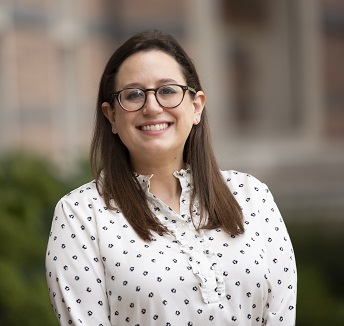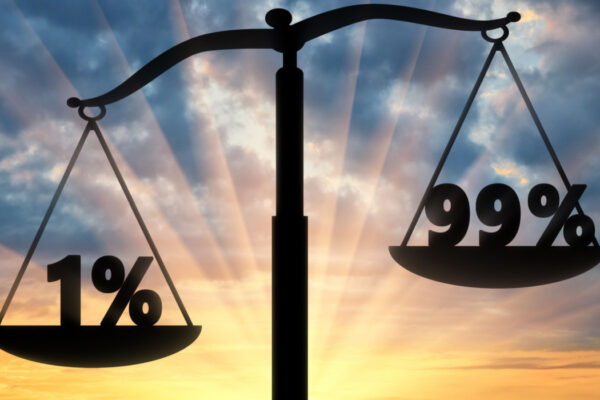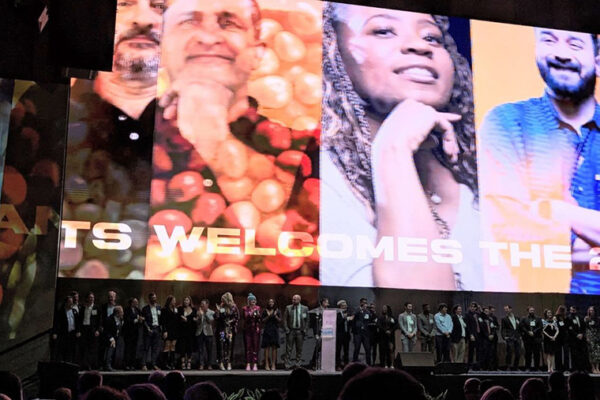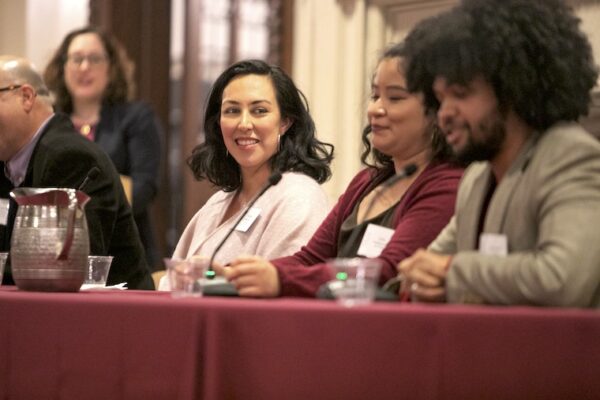Allyship — the practice of relatively advantaged group members acting with the intention to support, advocate and improve circumstances for relatively disadvantaged groups — is critical to promoting more inclusive and equitable organizations.
Not only are advantaged group members typically received more favorably within an organization than disadvantaged group members would be when they speak out against injustice, their allyship can improve disadvantaged group members’ psychological experience in the organization. For instance, men are more likely to believe other men, compared with women, when they confront sexism. And Black Americans report higher levels of self-esteem when white people confront prejudice.
Despite growing awareness of the benefits of allyship, though, even people who recognize injustices are often hesitant to engage in allyship.
New research from Washington University in St. Louis, forthcoming in the March 2024 edition of Organizational Behavior and Human Decision Processes, finds that one reason why more people in advantaged groups — particularly men and white people — do not engage in acts of allyship is because they underestimate how their actions will be appreciated by members of disadvantaged groups.
Their research also shows that the more people think their allyship will be appreciated, the more likely they are to engage in these behaviors in the workplace. In one study, participants significantly increased their intention to engage in allyship after learning how much it was appreciated.

Collectively, these findings offer a new approach for leaders to encourage allyship behaviors in workplaces, education and beyond, according to Hannah Birnbaum, an assistant professor of organizational behavior at Olin Business School and a study co-author.
“We know that one reason diversity, equity and inclusion (DEI) efforts may be less than successful is because they do not receive full support or buy-in from advantaged group members, who are often in leadership positions,” Birnbaum said.
“If advantaged groups realize that their allyship — part of which can be support for DEI — is appreciated more than they think, our research suggests they will more likely accept such efforts and hopefully increase the overall success of DEI efforts.”
However, Birnbaum said it’s important to note that the onus is not on disadvantaged groups to express appreciation in order to increase allyship. Rather, the research simply suggests that highlighting awareness of appreciation can spur allyship.
About the research
Birnbaum — along with Desman Wilson and Adam Waytz at Northwestern University’s Kellogg School of Management — conducted seven studies, across multiple scenarios, to investigate allyship meta-perceptions — that is, how much advantaged group members thought disadvantaged groups appreciated their efforts. The studies highlighted perceptions between two advantaged/disadvantaged groups: men and women and Black and white people.
“We started out this project really with a research question of: Do historically advantaged groups underestimate, overestimate or accurately estimate historically disadvantaged groups’ appreciation of allyship?” Birnbaum said. “There were potential arguments made for any of these three. And we thought no matter what finding we would get, it would be interesting.
“But I was surprised that our underestimation effect was so robust across different groups and different forms of allyship.”
Across all contexts, men significantly underestimated the extent to which women appreciated acts of allyship. The greatest disconnect occurred in positive, group-based scenarios. Researchers found that women most appreciated acts of allyship in interpersonal, positive scenarios, like recognizing a personal achievement or contribution.
Similarly, researchers found that white people significantly underestimated how much Black people appreciated allyship across all contexts. However, the biggest disconnect between how white people in the study thought Black people appreciated their actions and reality occurred when the scenario was negative, such as police discrimination. Again, Black participants were most appreciative of allyship when it was offered in interpersonal, positive scenarios.
The most appreciated act of allyship for both women and Black respondents was asking if there was anything that the advantaged group member could do to help. Women and Black respondents also agreed that the least appreciated was humor.
“When advantaged groups ask how they can help it demonstrates a few things. First, it demonstrates a willingness to acknowledge that people have shortcomings and may not know the best solution. Second, it acknowledges a desire to receive input and ideas from disadvantaged groups, demonstrating a real desire to help effectively. And, finally, I think it also demonstrates an openness to learning,” Birnbaum said.
Perhaps not surprisingly, the research also showed that Black men — who themselves are subject to systemic injustices — more accurately recognized how their gender-based allyship would be appreciated by women than by white men, Birnbaum said. Likewise, white women were more likely than white men to recognize how much Black co-workers would appreciate their allyship efforts.
Barriers to allyship, how to overcome them
According to Birnbaum, disadvantaged groups not only bear the emotional and physical toll of discrimination, but if they do address bias, they are often seen as overreacting or complaining by advantaged group members. Advantaged groups can assist in these efforts through acts of allyship.
Allyship can range from providing direct psychological or tangible resources — like listening, donating money or confronting bias head on — to more indirect displays of support — such as attending trainings, educating oneself or others or praising the achievements of a member of a disadvantaged group.
Other reasons why potential allies may fail to act could be because they don’t recognize the existence or harmfulness of discrimination or, if they do, they feel it’s not their place to get involved. Others may worry about how getting involved will reflect on them.
The discovery that advantaged groups underestimate how much allyship is appreciated by disadvantaged groups helps explain why potential allies — those who recognize injustice, feel it is in their place to act and believe their actions reflect well on them — are still hesitant to act. But why do they feel this way?
In follow-up studies, the researchers found that men misconstrue the appreciation of allyship in part because they underestimate how authentic allyship will be received by women. Another barrier is that they overestimate their own discomfort in engaging in allyship. In the survey, male respondents perceived that taking an allyship pledge in support of women at their university would be more uncomfortable than it actually was for them.
“In recent years, discussions of the performativity of allyship have gained significant media attention. So, it makes sense that people may worry that their actions will be viewed as insincere or superficial,” Birnbaum said. “When people think their actions will not be appreciated, or worse, will be viewed negatively, they’re less likely to engage in allyship behavior.”
As this paper has demonstrated, though, allyship is often more appreciated than one may realize. For those who want to be an ally, Birnbaum recommends starting by listening and learning. She also recommended the following resources:


